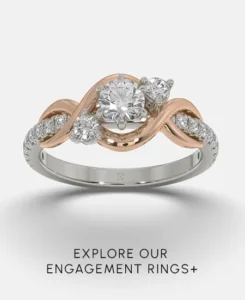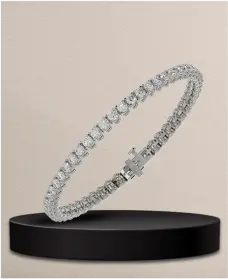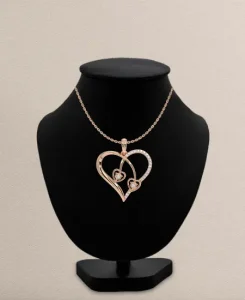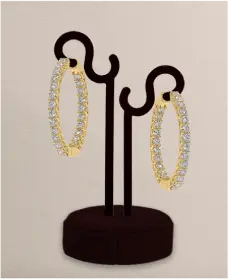Lab grown vs natural diamonds
The main difference between lab grown diamonds vs natural diamonds is where and how they form.
The way natural diamonds and lab created diamonds grow leaves clues in the crystals:
growth patterns that can be detected with advanced gemological testing. Lab-created diamonds are Type IIa,
the purest type of diamond. Less than 2% of natural diamonds are Type IIa. Jewelers can use machines to test whether diamonds are Type IIa:
if the diamond is not, it must be natural. If it is, it can be referred to a lab for further testing.
MINING FREE
Lab diamonds are mining free; natural diamonds are not, which damage the watersheds and ecosystems far beyond the hole in the ground. There is little to no harm to ecosystems or wildlife in the creation of our diamonds. There are no wildlife preserves or habitats that are uprooted or destroyed because of lab diamond growth.QUALITY CONTROL
With lab grown diamonds, you can ensure that you are buying a near flawless gemstone every time. One of the downsides of a natural diamond is that mined diamonds are found in the earth, growing under an immense amount of pressure and withstanding natural elements.During their formation, and in the mining process, natural diamonds can come out with defects or flaws in their crystal structure.. With a lab grown diamond, the gemstone can be engineered to a flawless finish every time. This means a brighter, cleaner looking gemstone with higher purity ratings.
VALUE FOR MONEY
Lab diamonds are 40-50% less expensive than mined diamonds of comparable quality. You can purchase a much larger and better quality diamonds for a given budget if you choose lab grown diamonds over mined diamonds. For example, for roughly the same cost of a 1.5 carat solitaire engagement ring from a luxury retailer, you can purchase a 2.0 to 2.5 carat lab grown diamond of the same quality from Ada Diamonds.LAB GROWN DIAMONDS PROCESS
Lab grown diamonds are created in a controlled laboratory setting,
typically through High Pressure High Temperature (HPHT) or Chemical Vapor Deposition (CVD) methods.
These diamonds are created in a laboratory over several weeks or months, starting from a seed upon which layers of carbon grow.
Once the desired diamond size is reached, the lab diamonds are then finished from rough gems into jewelry-quality diamonds.
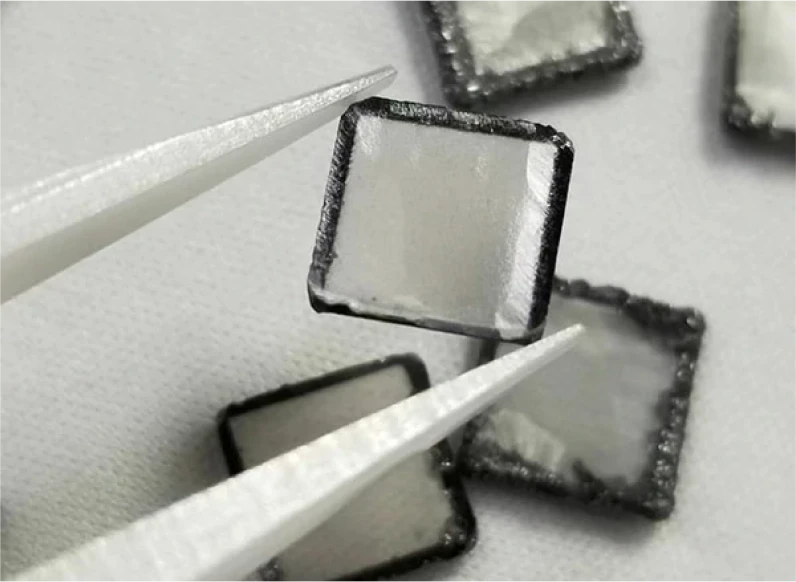

NATURAL DIAMONDS PROCESS
Natural diamonds, on the other hand, are created deep in the earth over millions or billions of years.
Carbon atoms bonded together in exceptionally hot conditions with high pressure,
building layers of tightly packed carbon over time and forming a diamond.
The diamonds sat deep in the earth for millions of years, until volcanic eruptions quickly pushed them to the surface.
These eruptions, known as Kimberlite eruptions, are believed to have occurred 65.5 to 25 million years ago.
They quickly brought diamonds to the cooler conditions of the earth’s crust,
allowing the gems to harden in rocks that they are then mined from.
The natural diamonds are eventually cut and polished from rough gems into diamonds fit for jewelry


COMPARISON NATURAL DIAMOND VS LAB GROWN
Adding a hint of personalization in jewelry for self or others leaves a lasting impression.
One can relate with the emotions & feelings more deeply whenever one adorns it.
We have a separate segment curated specially for custom made jewelry that enables our customers to
indulge in
luxury & memory forever. Explore our section now.
COMPARISON
Ethically mined
Developed in Lab
Conflict-Free
Environment friendly
Presence of Impurities
Presence of Nitrogen
Budget Friendly
NATURAL DIAMOND
-
-
-
-
LAB GROWN
-
-
-


